
Fort McMoney
Simulation, Storytelling, and Engaging the Audience in Play
“You are embarking on a documentary game in which everything is real: the places, the events, the characters. Your mission? To visit Fort McMurray, measure what’s at stake, vote on referendums and debate with other players. Fort McMoney’s fate is in your hands.” 1
Fort McMoney is a self-described “documentary game” set in a real oil boomtown, Fort McMurray, located in northern Alberta, Canada.2 Players of the Fort McMoney game can explore the city, debate local issues, and vote on referendums that decide the city’s virtual fate . The critically‑acclaimed project, released in 2013, was directed by David Dufresne and co‑produced by the National Film Board of Canada (NFB), ARTE, and digital agency Toxa. In the game, players control a virtual city that starts off identical to the real-life Fort McMurray, in terms of population, economic productivity, and other variables. However, over the course of four episodes,3 players debate and vote on a series of referendums that affect the balance between the social, economic and environmental health of the virtual city. The game helps players understand the situation in the town of Fort McMurray as well as the oil industry in Canada and globally. Players take part in the full life cycle of democratic decision-making in a compressed timeframe, thereby learning—by becoming active—about both the democratic process and the complicated issues at stake for the town.Fort McMoney is among the NFB’s most ambitious and widely-seen interactive documentaries, thanks both to its innovative format and its creative distribution partnerships with three major newspapers and online media partners, in three countries: The Globe and Mail and ICI Radio Canada, in Canada; Süddeutsche Zeitung in Germany; and Le Monde in France.4 This case study provides an overview of the team’s creative process, its strategies for distribution and audience engagement, and assessments of the project’s success.
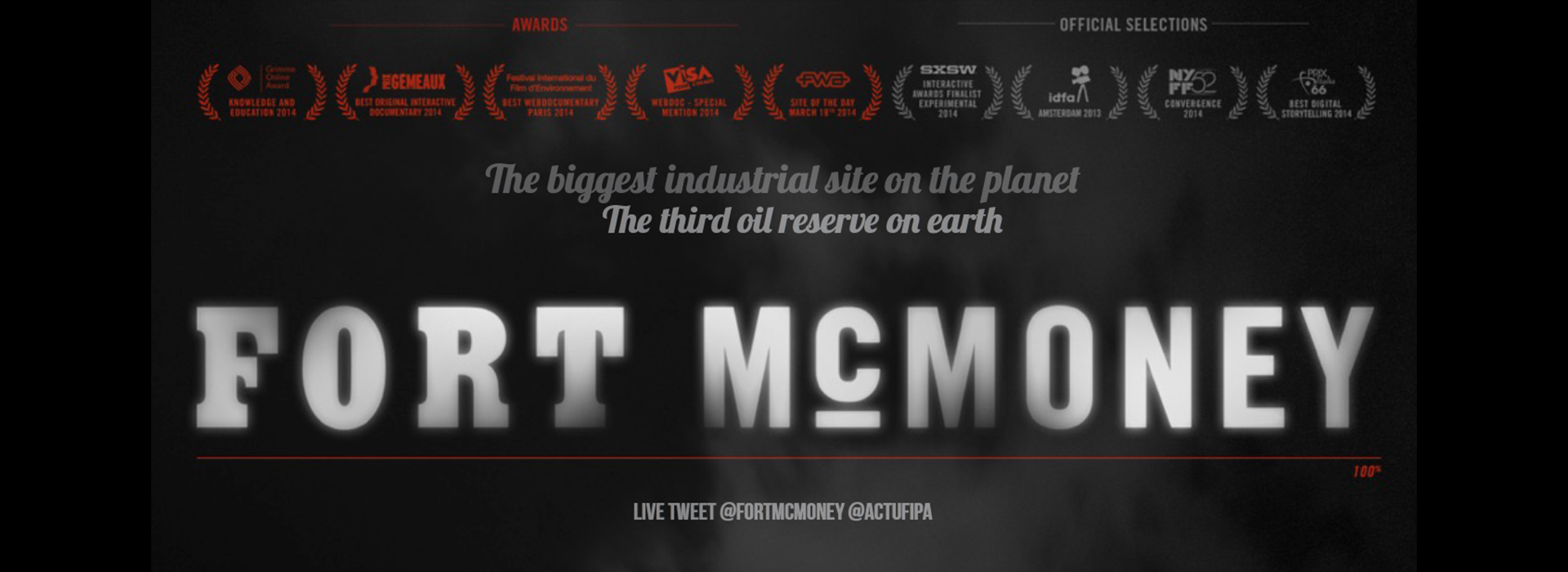
Figure 1. Screenshot of “Fort McMoney.” Source: http://www.fortmcmoney.com/
Playing against “green fatigue”
In his previous interactive documentary Prison Valley,5 director Dufresne used some game mechanics such as first-person navigation (in which the player sees the story from the point of view of one specific character) and an inventory of items that characters can carry. But Dufresne does not consider Prison Valley a real game, as it allows simple exploration and game techniques, but players don’t shape outcomes or earn points and rewards as they do in Fort McMoney.6
With Fort McMoney, Dufresne set out with a goal to make a “real game documentary” to see how the genres could be more deeply integrated.7 “The main influence was the game SimCity,” says Dufresne.8 SimCity, a game that allows players to build cities and manage various aspects of it—such as the happiness of citizens, budgeting, traffic congestions, and other factors—helps players understand the implications of decisions by simulating their consequences. “Fort McMurray is really like a SimCity city,” Dufresne says.9 “It’s growing really fast and there are a lot of buildings. But you have to balance economic growth with things like pollution and social issues, just like in the game.”10 Dufresne realized early on that games, as dynamic systems, offer useful ways to explore complex interdependencies through simulation.
Another goal of the Fort McMoney project was to be innovative, finding creative solutions to problems that Dufresne recognized in the media landscape. Before Fort McMoney, Dufresne spent fifteen years working as an investigative journalist, reporting on everything from punk rock to policing for the French newspaper Liberation. But he believed the time had come to find a new way to tell stories. “One of the main reasons is nobody cares… about social issues, environmental issues, political issues,” he says.11 When he first approached NFB’s Interactive Studio about the project, executive producer Hugues Sweeney talked about his anxieties about “green fatigue,” which refers simultaneously to an inundation of environmental messaging in media and the disillusionment that results from not seeing a change in environmental attitudes. A 2007 article in The Independent (U.K.) ties green fatigue back to compassion fatigue, a term that emerged in the 1990s to describe “a general disillusionment with fund-raising concerts and famine appeals.”12
Dufresne thought a game could be a better way to get people interested and involved in stories like the Canadian oil boom. But he acknowledges that there are some big differences between the world of traditional journalism and interactive documentary. One is that interactive documentary makes it possible both to tell and to create a story while giving people space to think, debate, and share their experiences within the world of the story: “You’re sharing the story with the user and sharing control with the user,” says Dufresne.13 “But that space for dialogue gives both creators and users more responsibility. You have to accept losing some control of the story,” he says.14 Dufresne believes this mode of storytelling, in which the storyteller and audience share the story and share control, is critical for keeping journalism relevant today.
But does that mean that games can provide an answer? Possibly. Dufresne points to the game Spent, which simulates the financial distress experienced by a low-wage worker.15 For some, Dufresne says, this game might be much more effective than a swath of articles about poverty by The New York Times. “Articles are not enough,” Dufresne says.16 “That’s the problem that journalism is facing. Journalism is not enough now. It’s not just ‘green fatigue’; it’s information fatigue,” he says.17 Indeed, with the barrage of information that media audiences encounter on a daily basis, and with so many sources of media from which to choose, it is increasingly difficult for users to sift through and make sense of media content.
Finding the “A” team
Dufresne sees his production process as deeply collaborative, in the tradition of documentary filmmaking and game development. His team on Fort McMoney included the usual documentary filmmaking roles (cinematographer, editor, and composer), but he also worked closely with designers and software developers, which added a new set of skills to the mix. Because creators of interactive documentaries strive for their products to be immersive, their production teams have to think deeply about what interactivity means and to work closely with developers to execute the way the story is revealed through interaction with the content. They need to take into account interface design, user experience, and usability. Dufresne likens the role of the designer on an interactive documentary team to that of a co‑director on a traditional documentary.18
The first step for assembling this collaborative team began with game designers Olivier Mauco and Florent Maurin, in Paris, and Guillaume Perreault Roy, in Montreal. The three helped Dufresne imagine what a project like this would entail. Dufresne recalls, “I knew what I wanted to do, and why, but I had no idea how.”19 Together, the team began to map out the environmental, social and economic dimensions of Fort McMurray and the oil boom. Working with an economist, they created an Excel spreadsheet to begin laying out how these dimensions were interrelated (see Figure 2). For instance, how would a policy change like nationalizing the oil industry change the environmental impact on Fort McMurray and the surrounding area? These kinds of idea sketches formed the foundation of Fort McMoney’s game model (see Figure 3).
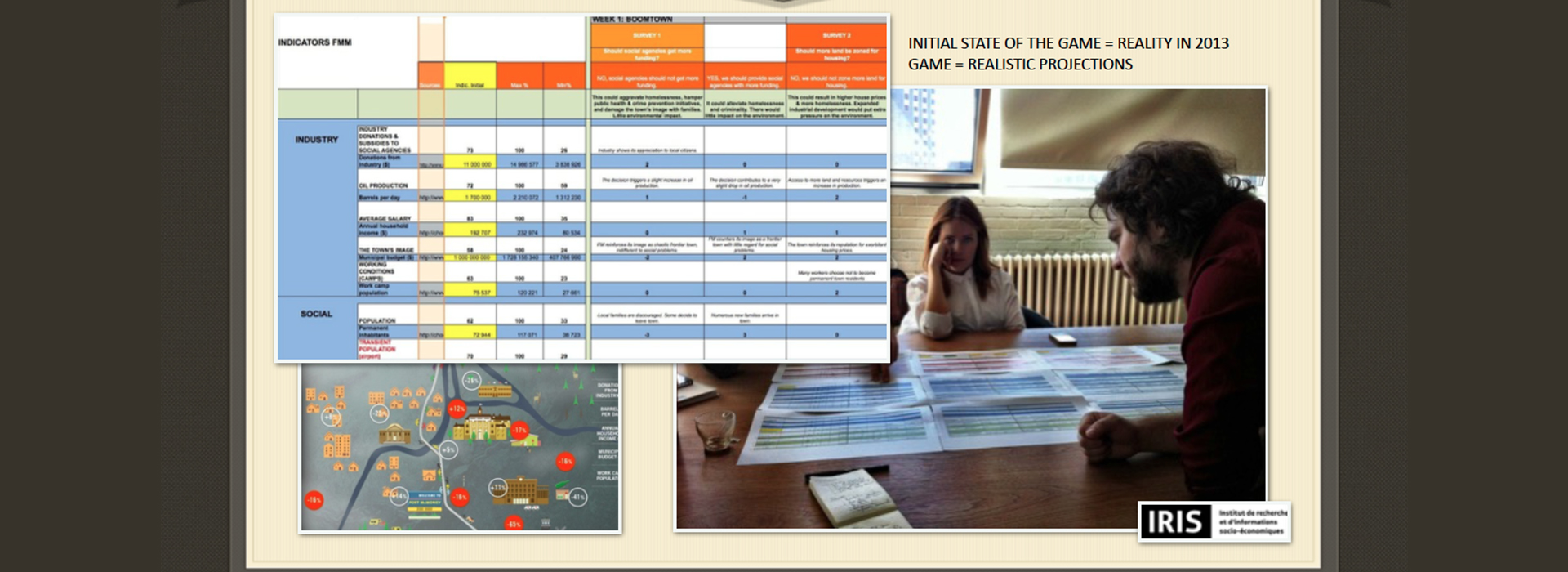
Figure 2. Game design sketches using Excel. Source: David Dufresne.
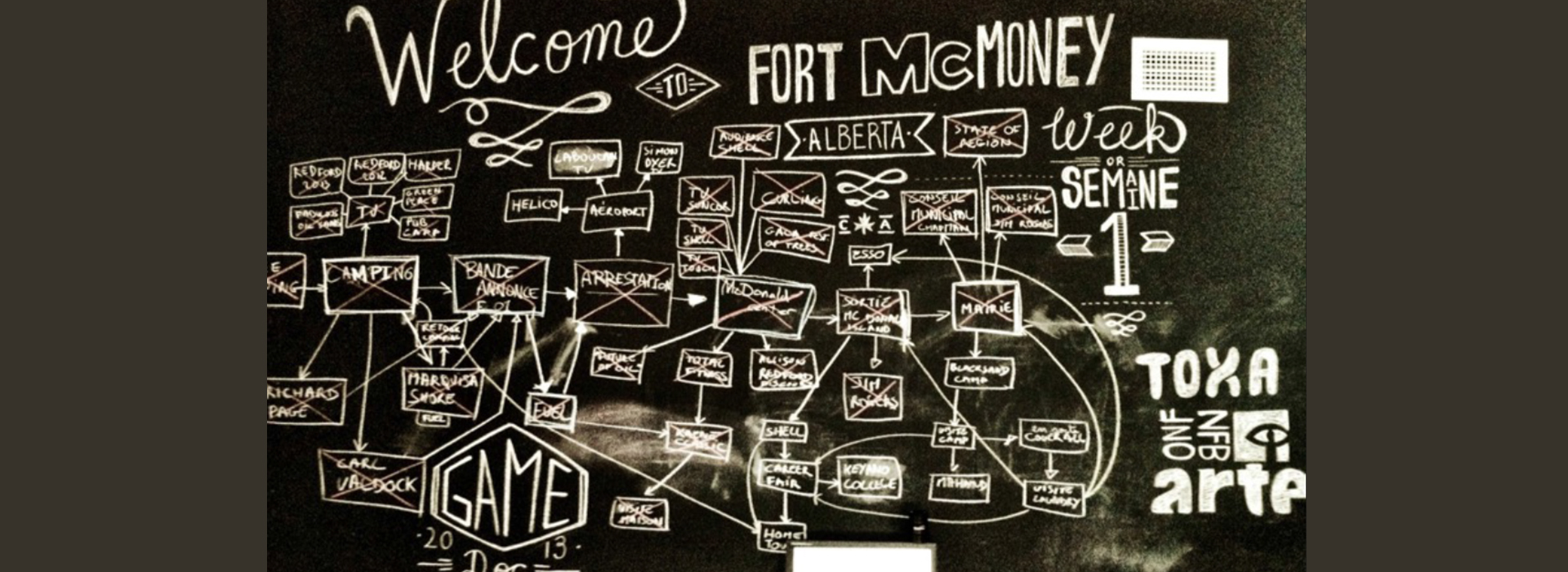
Figure 3. Chalk sketch of the underlying game model. Source: David Dufresne.
Dufresne also worked directly with NFB and Toxa producers throughout the course of the project. The producers not only helped to raise money for Fort McMoney, as they would on a typical film project, but they also oversaw aspects of interactive design and development. And they hewed to the traditional role of producers by serving as the glue, or the symphony conductor, communicating with all the different teams involved in each aspect of the project, from design to marketing.
Simulation as storytelling
Tell me and I will forget. Show me and I will remember. Involve me and I will understand. Step back and I will act. —Chinese proverb
When asked about Fort McMoney by The New York Times, Will Wright, the creator of SimCity, likened simulation to being in the driver seat and making decisions oneself: “Games are becoming an important part of our way of seeing the world,” he told the NYT.20 Fort McMoney’s production team—and Dufresne in particular—has been explicit about SimCity being a key inspiration to the interactive documentary. But are Dufresne and his team traversing a fine line between simulation and storytelling? Or are they simply challenging the validity of the line’s being there in the first place? Choosing to tell the real-life story of Fort McMurray through a game format inevitably raises the question of point of view versus objectivity, a classic clash between documentary and journalism values. Fort McMoney oscillates between maintaining objective distance and allowing users a subjective view.
For example, while it was important to Dufresne to balance political perspectives in the game, he also insists that the project has a distinct point of view. The game itself is deliberately designed for balance, he says.21 Players are given free rein to explore the city and to conduct interviews with locals. During any given break in the conversation, players can choose from a set of up to three questions to ask locals, or players can choose not to interview them at all. “You can choose the question that’s important to you, whether you’re an environmental activist or have a more capitalist perspective.”22 In this way, players are able to construct experiences that reflect their own interests and perspectives (see Figure 4).
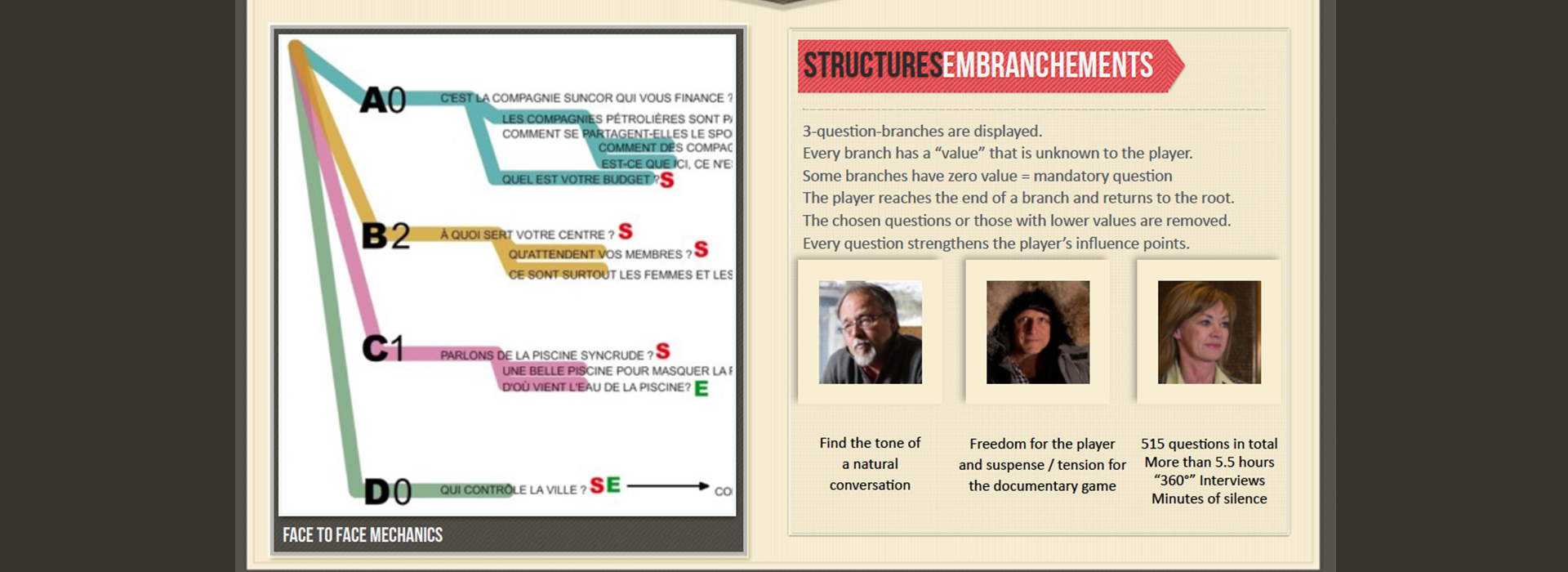
Figure 4. Model of question branches in “Fort McMoney” gameplay. Source: David Dufresne
At the same time, on a more “meta” level, Dufresne remarks on how his own subjectivity has made its way into the game—not in its content, but rather in its design: “My point of view is there, but it’s not in the editing,” he says; “it’s in the structure of the database.”23 One way that this comes across is in the sequence of episodes. Fort McMoney is broken up into four episodes that were originally released in four-week intervals. The first episode deals with social issues, the second with the economics of Fort McMurray, and the third with environmental issues. The final episode, no longer live on the site, was an epilogue that looked ahead to the post-oil era and allowed users to engage in debate about post-oil civilization.24 Focusing first on social issues and then on the economics of oil is Dufresne’s subtle way of revealing his perspective.
Finding the audience
One of the biggest challenges for interactive documentaries, particularly when they take unfamiliar forms like Fort McMoney, is finding an audience. This becomes even more challenging for a project that needs players or users in order to function. “If nobody came to play, Fort McMoney would be a beautiful but empty cathedral,” says Dufresne.25
For this reason, one of the first priorities for the production team—which included Hugues Sweeney (NFB), Philippe Lamarre (Toxa) and Alexander Kneting (ARTE)—was to get partners involved that could help drive audiences to the game. One approach to this kind of partnership between interactive documentaries and newspapers has been a kind of direct exchange: creators provide innovative content and newspapers drive audiences to the project by linking to it from their sites.Although this was how Dufresne approached distribution partnerships for Prison Valley, he wanted to do more with Fort McMoney.26
The production team decided to involve journalists who were experts on the oil-boom topic and who already had established relationships with an audience in the experience of the game itself. This would help generate discussion around the key issues, the team speculated. On the Canadian side, Hugues Sweeney approached a centrist paper, The Globe and Mail, in order to foster debate from both sides of the political spectrum. The Globe and Mail editors were excited by such original content, according to Sweeney, but they had concerns about whether a film board could produce quality research in an accurate and balanced way.27 After months of discussions and exchanges, The Globe and Mail signed on, agreeing to provide columnists who would be “super players” in the game and write about it for their readers. Columnists from Süddeutsche Zeitung in Germany also signed on. Both papers agreed to publish interviews and articles reporting on the referendums in the game and speculating about how the results would impact the real-world Fort McMurray. This strategy allowed the game to create a debate that moved across platforms, from the game, to newspapers, and back. The Fort McMoney team worked closely with the newspapers to plan out this strategy, sharing their agenda for the game in advance so that their partners could tailor coverage to the themes and issues in each episode.
The Globe and Mail colleagues Eric Reguly and Margaret Wente received the assignment to play with Fort McMoney. Both Reguly and Wente had been involved in covering Fort McMurray in the past, but from different perspectives. The idea for Fort McMoney was that they could provide provocative opinions that stimulated debate from different sides of the issue.
Reguly’s initial impression of the game was positive:
I found it to be a really rich viewer experience. What’s the town look like? What are the people like? What do they do? What does it feel like? It was almost tangible. It’s no exaggeration to say I absolutely felt that I was there. I found that bit of the technology was really, really good, to give the audience a sense of what this town was like, which you couldn’t do in a standard newspaper article.28
However, despite being impressed with the immersive nature of the user experience, Reguly didn’t feel that Fort McMoney added to the level of engagement that audiences normally would have experienced after reading a traditional printed column.29 He argues that traditional journalism is also capable of engaging audiences:
As a columnist, I’m always engaged with my readers. I get emails, comments, [tweets] back and forth. We’re always very much engaged with our readers. It’s part of the job responding to comments, getting into debates. Do I think that Fort McMoney added to the level engagement? No. In fact, it probably detracted in the sense that I don’t think the comments I got from readers were… any more extensive [or]… any more sophisticated than I would have gotten in a normal column.30
Nevertheless, Reguly is still glad that he and The Globe and Mail participated in the experiment, since it was a “step into the unknown” and an opportunity to “push the boundaries and see what the limits are.”31 He argues that all newspapers should be experimenting with new formats and strategies for engaging audiences, but if he were to get involved with a project like Fort McMoney again, he would want to be more involved in designing the questions used to stimulate debate. “I would want direct engagement with the producers,” he says.32 “I think it just has to be a bit more user-friendly. A bit less techie,” he adds.33
NFB also concluded that bringing the journalists into the process earlier to help create the game would be more effective. As NFB’s Sweeney explains, “We need to work together a lot more in the production process, not just at the end.”34
The user experience design was another challenge, the partners learned, because it took about five clicks on The Globe and Mail site to reach the embedded content. Sweeney points out that one should think about an appropriate design that includes different openings for each platform and device.328 The partners also learned that content produced by media partners for their own sites while the game was in play had a positive impact on audience growth and retention.35
Audience development includes not only partnerships, but also internal processes such as usability testing, a convention borrowed from Web and software development that allows the production team to test a product before it officially launches, which helps to gauge how the product is received by the audience for which it is intended. During usability tests, things like extraneous features, confusing content, and navigational issues are identified. For Dufresne, user testing is asking not only, “Do you understand the story?” but also, “Do you understand the experience?”36
The Fort McMoney team originally planned to beta test the project one month before launch, but due to a compressed production schedule that wasn’t possible. “Besides not hiring a new project manager, this was our other big mistake,” says Dufresne.37 “We pushed to launch the project at IDFA DocLab [a festival program for new media sponsored by the International Documentary Film Festival in Amsterdam] in November 2013, but we ended up launching the project with a lot of bugs. It would have been better to wait two weeks or a month to do some beta testing and fix the bugs.”38
Another critical strategy for engaging audiences was establishing a “gamemaster” role, a person who guides players through the game. Dufresne wrote a five-page document for his producers explaining the gamemaster’s roles and responsibilities, and he volunteered for the job himself. He saw it as an extension of his role as a director. Analogous to a community manager on a discussion-based website, the gamemaster monitors discussions, publishes news, and administers social media accounts. But Dufresne also played a more active role in debates, helping to summarize points from both sides and playing devil’s advocate, when necessary, to push the debate further. “If too many people were presenting left-wing arguments, we’d jump in and provide arguments for the right-wing side,” he says.39 Dufresne believes that the presence of a gamemaster also helps a game feel more like a real community, giving players a human connection to the project.
From November 2013 to July 2014, when the game was live, Fort McMoney attracted approximately 412,000 players, 21,000 of whom were “hardcore” players who spent a considerable amount of time with the project (see Figure 5). Around 2,000 players left 6,477 comments and the project was mentioned 7,300 times on Twitter. Other key digital metrics that the team tracked were the time players spent on the site and the number of return visitors.
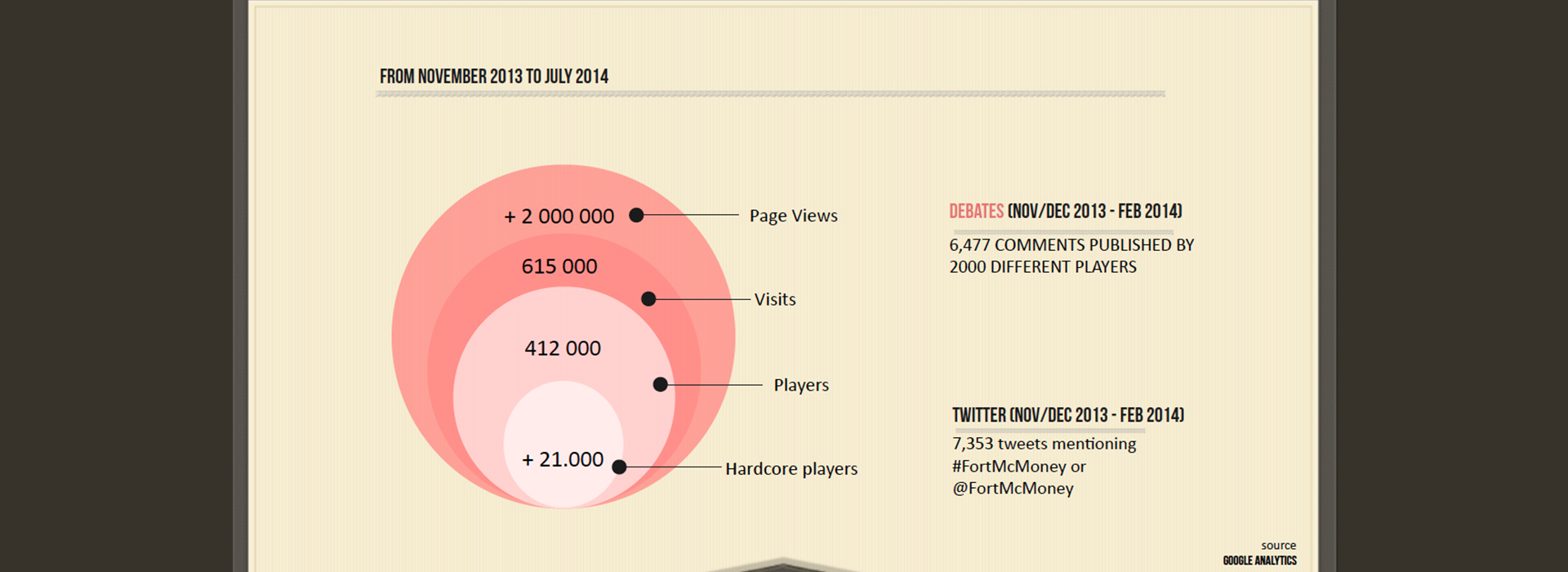
Figure 5. Audience breakdown for “Fort McMoney” from November 2013 to July 2014. Source: David Dufresne.
But Dufresne stresses that numbers alone are not enough to gauge the success of an interactive project.40 “That’s the TV industry way of seeing if something is successful,” he says.41 Other sources of feedback may reveal what the numbers do not, he says.42 For instance, some players independently set up a Facebook page to exchange advice about the game. Others created a map of the Fort McMoney story world (which closely resembled Dufresne’s own drawings from two years prior). Still other fans remixed images from the game. Measuring these less tangible forms of engagement is much more complex than straight Web metrics, Dufresne says.43
Fort McMoney shows that, especially where new ground is being broken by experimental media forms, there is inherent value in learning produced by experience; the Fort McMoney team learned new work flows and processes and gained a deeper understanding of collaboration, including what works and what doesn’t work when different partners get together.
In the same vein, the word “engagement” is used frequently in the interactive documentary field, but its meaning varies from project to project and from creator to creator. Asked about how he thought about engagement while making Fort McMoney, Dufresne reflected on the tradition of political filmmaking that emerged in the 1970s, what the French called “cinéma engage,” or engaged cinema.44 In that context, he says, directors engaged themselves directly in the film or in a political issue.45 With interactive documentary, Dufresne believes, “we’re now transferring that expectation of engagement to the audience.”46 For Dufresne, fostering engagement is not as simple as asking audiences to post on Facebook or Twitter; it encompasses a process that develops over time and cannot easily be measured by the analytics systems that exist today.
Conclusion
As audiences become more familiar with experimental forms like documentary games, Dufresne believes that such games will have greater social impact: “We used to say that interactive documentaries were like the R&D wing of the documentary and journalism field. We’ve done almost 10 years of R&D and I think we’re getting to the next level,” he says.47 Fort McMoney’s bold and pioneering approach pushes interactive documentary to another level by approaching complex social problems through simulation, by sparking political debate, by building community, and by deepening institutional learning.
1. Voice over from the beginning of the Fort McMoney game. Note that players learn about the real‑world town of Fort McMurray but play the game by influencing outcomes in its virtual twin, Fort McMoney. ↩
2. “Fort McMoney” (2013) [http://www.fortmcmoney.com/]. ↩
3. The series originally had four episodes. The fourth episode, a debate between players, is no longer live. The first three episodes are still available for play. ↩
4. “Fort McMoney, jeu documentaire au coeur de l’industrie pétrolière,” Le Huffington Post, Quebec, 18 November 2013 [http://quebec.huffingtonpost.ca/2013/11/18/fort-mcmoney-jeu-documentaire_n_4295708.html]. ↩
5. “Prison Valley” (2010) [http://prisonvalley.arte.tv/]. ↩
6. Interview with David Dufresne, Cambridge, MA, 9 January 2015. ↩
7. Ibid. ↩
8. Ibid. ↩
9. Ibid. ↩
10. Ibid. ↩
11. Ibid. ↩
12. Hugh Wilson, “Have You Got Green Fatigue?” The Independent, 20 September 2007 [http://www.independent.co.uk/environment/green-living/have-you-got-green-fatigue-402971.html]. ↩
13. Dufresne, 9 January 2015. ↩
14. Ibid. ↩
15. “Spent” (2011) [http://playspent.org/]. ↩
16. Dufresne, 9 January 2015. ↩
17. Ibid. ↩
18. Ibid. ↩
19. Ibid. ↩
20. Harold Goldberg, “Where Film Marries Video Game,” The New York Times, 26 November 2013 [http://www.nytimes.com/2013/11/27/arts/video-games/where-film-marries-video-game.html?_r=0]. ↩
21. Dufresne, 9 January 2015. ↩
22. Ibid. ↩
23. Ibid. ↩
24. Email correspondence with David Dufresne, 26 October 2015. The comments are closed now, so there is no longer a fourth episode, which was the debate between players. The first three episodes are still available. ↩
25. Ibid. ↩
26. Ibid. ↩
27. Skype interview with Hugues Sweeney, Cambridge, MA, 21 August 2015. ↩
28. Phone interview with Eric Reguly, Cambridge, MA, 29 May 2015. ↩
29. Ibid. ↩
30. Ibid. ↩
31. Ibid. ↩
32. Ibid. ↩
33. Ibid. ↩
34. Sweeney, 21 August 2015. ↩
35. Ibid. ↩
36. Ibid. ↩
37. Dufresne, 9 January 2015. ↩
38. Ibid. ↩
39. Ibid. ↩
40. Ibid. ↩
41. Ibid. ↩
42. Ibid. ↩
43. Ibid. ↩
44. Ibid. ↩
45. Ibid. ↩
46. Ibid. ↩
47. Ibid. ↩
48. Ibid. ↩

